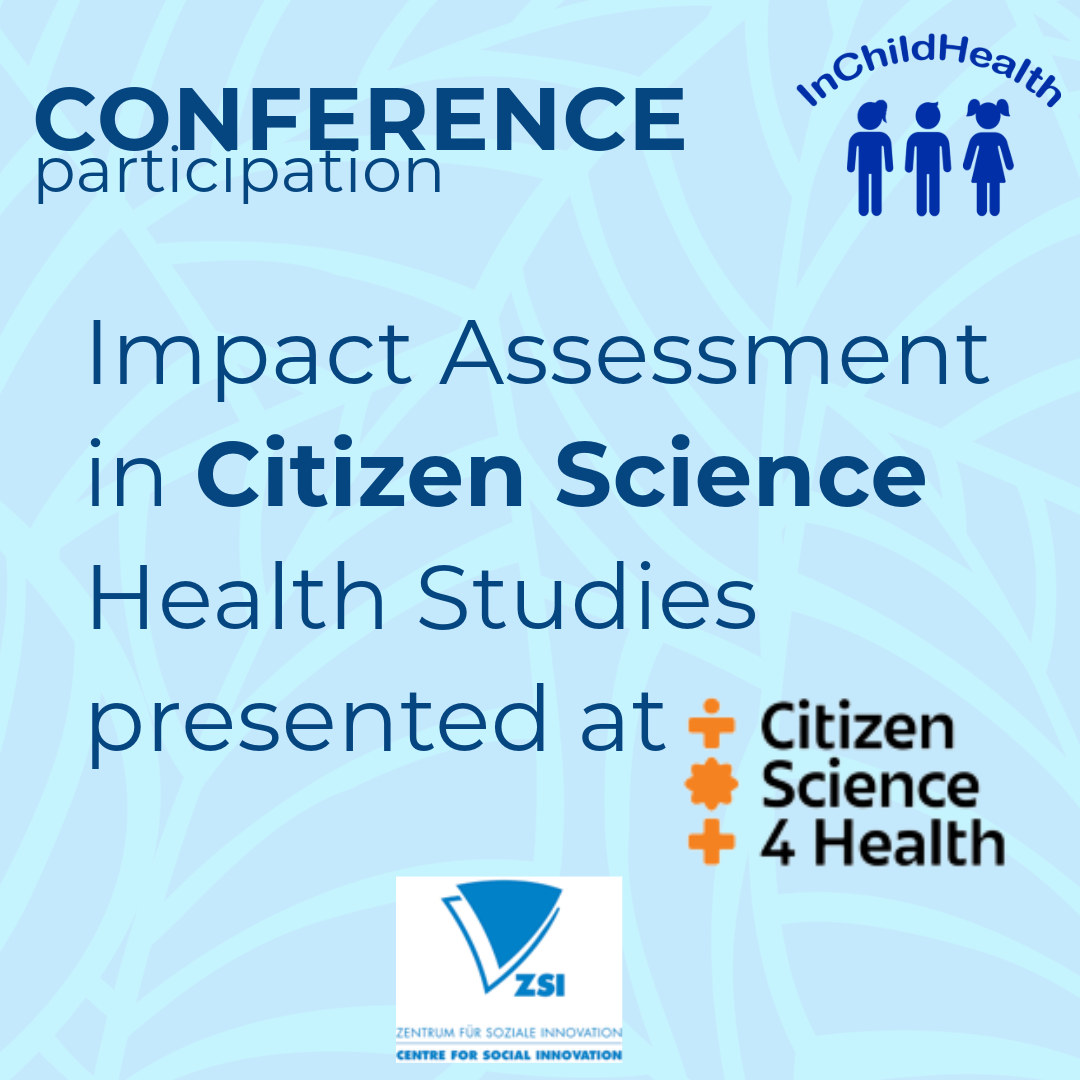Epidemiological Study
Epidemiological study on School environment and health
Children spend up to 90% of their time indoors, making Indoor Air Quality (IAQ) an important determinant of human health. This is especially significant for children whose developing body functions are particularly vulnerable. School-age children are most exposed to indoor air in school and at home.
The InChildHealth project conducts an epidemiological study elaborating the health impact of school indoor air pollution and physical features (such as ventilation, temperature, and humidity), focusing on respiratory infections, symptoms, asthma control, and neurological and cognitive outcomes in school children in three European cities, Helsinki, Barcelona and Copenhagen.
Study population
A 10-month epidemiological prospective cohort study of school children is conducted in three cities (Helsinki, Copenhagen, and Barcelona), involving ten schools in each city. The data collection is carried out between 08/2024 and 06/2025.
All children aged 6-13 years in the classrooms under study (ten classrooms per school) are invited to participate in the cohort study, resulting in a total of 2500 children from each city. The study protocols of each city have been approved by the local ethics committees. Consent forms are distributed for children’s parents or caregivers to agree to participate in the epidemiological study.
Indoor air quality (IAQ) assessment at schools
Information is collected on the biological, chemical, and physical conditions affecting the IAQ of the classrooms. The monitored parameters are NO2, sulphur dioxide (SO2), CO, carbon dioxide (CO2), VOCs (alkenes/alkanes, aromatics and Cl-aromatics), Particulate Matter (PM1, PM2.5, PM4, PM10), ammonia (NH3), hydrogen sulphide (H2S), methane (CH4), ozone (O3), and microbial contamination in addition to temperature (T) and relative humidity (RH).
Parallel with the IAQ measurements, the above-mentioned parameters are also measured in outdoor air. We use a comprehensive sampling approach and analyses correlated with real-time monitoring (to evaluate contaminant level over time) and apply state-of-the-art non-target screening techniques to identify other emerging pollutants. This approach allows us to assess the contribution of emission sources and determine the impact of IAQ interventions and their timing. In addition, we assess airborne food allergens in classrooms and canteens by collecting settled dust samples once during the study period.
Health information assessment
Children’s health information is collected using parent-administered questionnaires and cognitive tests. All the questionnaires are conducted using the web application REDCap (Research Electronic Data Capture), which is a versatile and secure tool for building and managing online surveys and databases of research.
Background questionnaires
In the beginning of the study, questionnaires will be used to collect information on the child’s background and health, lifestyle, environmental exposures at home, as well as the impact of the study (citizen science).
Respiratory Health
A short weekly questionnaire is filled out by the caregivers on the occurrence of respiratory infections, and respiratory, eye and skin symptoms. In addition, by linking to official medical registries, we retrieve information on respiratory infections requiring a medical visit, as well as medical visits for asthma.
Asthma control test for asthmatics
An asthma test questionnaire to assess asthma control in children based on the Childhood Asthma Control Test (C-ACT) is filled out by the participants and caregivers.
Neuropsychological assesment
Children complete a battery of standardized and validated cognitive tests in the classroom to assess working memory, attentional function, processing speed, and ability to inhibit cognitive interference. Specifically, working memory is evaluated through the N-back test, attention function through the Flanker test and processing speed and ability to inhibit cognitive interference through the Stroop test. These validated tests are administered through the web-based GORILLA platform.




